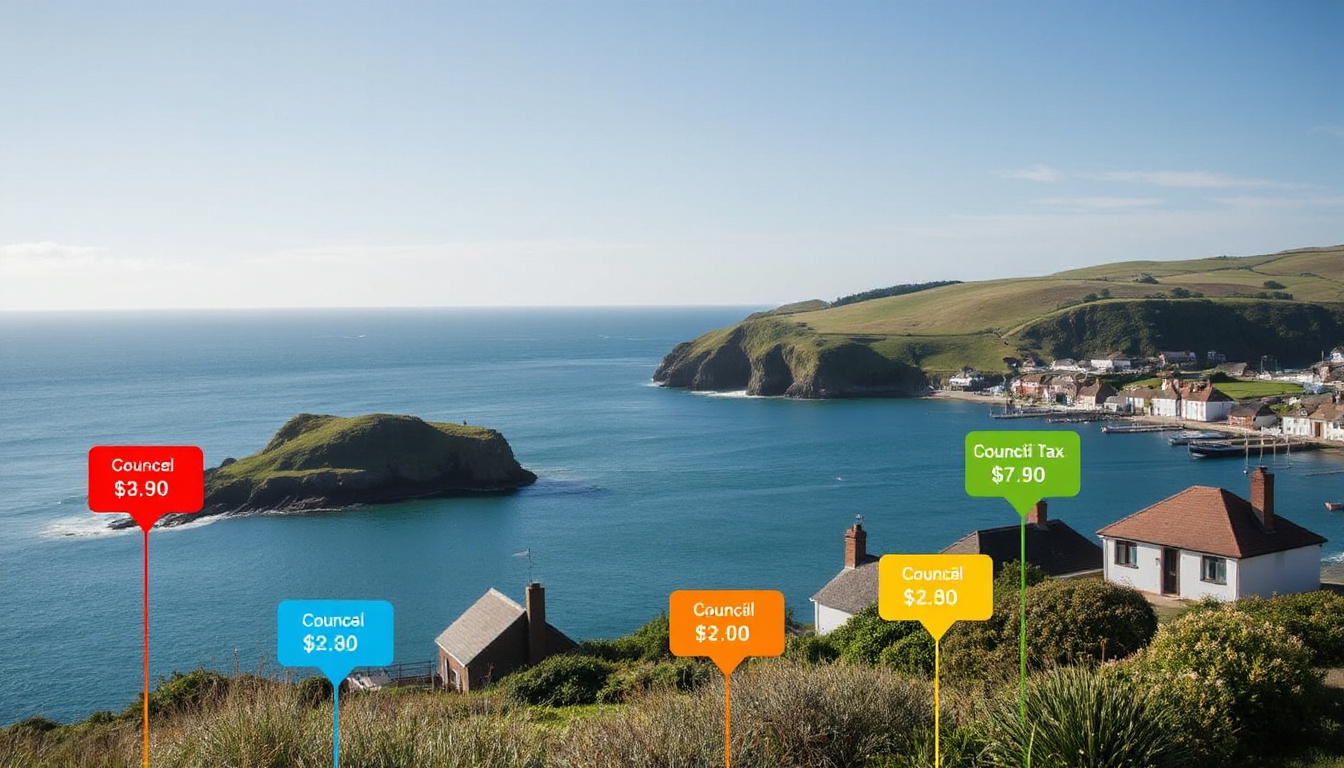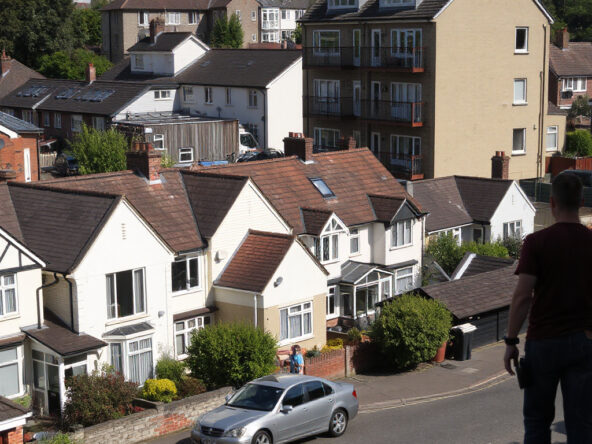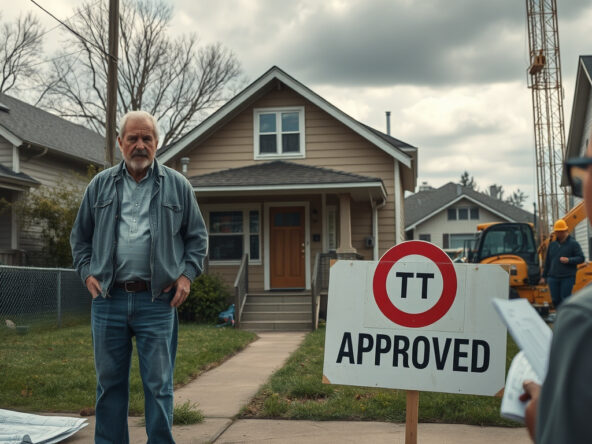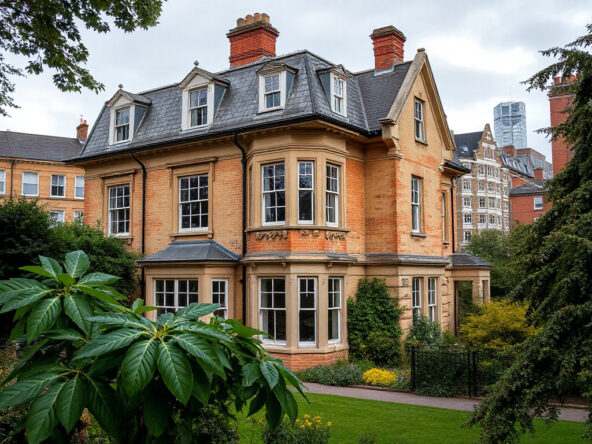Understanding Council Tax for Second Homes: What Property Investors Should Know
Investors and buyers look at the scene of second homes in the UK. A change in council tax rules will start in April 2025. This rule raises many questions about the costs of owning more than one home. Here is what you need to know about the new council tax rise and how it may hit property owners.
New Regulations for Second Homes
Starting in early 2024, laws in England let local councils add a tax premium on second homes. The premium can be as high as 100% of the regular council tax. This rule helps to ease the shortage of homes in busy areas by asking owners to use their second homes more. As these tax rules start, owners of second homes will see their tax double. On average, the tax will rise from about £2,171 to £4,342 each year in the areas that count.
Councils must tell owners about these changes one year early to help them plan their budgets. More than 150 councils are set to use this new tax, and many seaside and country areas will feel this change the most.
Why the Increase?
The tax rise on second homes comes from the need to boost housing for local people. When holiday homes and rented homes increase, many local people lose the chance to find a home. The law tries to balance the need for short stays and the need for homes that local people can afford.
Understanding How Your Council Tax is Calculated
Council tax on second homes comes from a few points. The home’s spot, its tax band, and any discounts all play a role. Usually, the tax band shows the home’s market value. Homes seen as second residences and with no breaks will have the new tax applied.
Owners in busy areas should watch local council plans, as many councils have already voted to raise the tax on second homes.
Types of Properties Affected
Second homes are often full of furniture but are not used as the main home. Each council might see a second home in its own way. This view can change the tax check. If you get an unexpected tax bill, talk fast with your local council or its agents to learn more.
Buy-to-Let Properties and Their Tax Responsibilities
If the second home is rented out, the renter usually pays the tax. In this case, owners do not get the extra tax premium. But if the home is a house with many living units, the owner pays the tax. In such cases, owners may add the tax cost into the rent they charge.
Regulations Around Empty Homes and Holiday Lets
There are rules for empty homes and holiday lets. Unfurnished homes left empty for long times may be charged based on their empty period. For example, homes empty for more than 12 months face an extra tax.
If the home is used as a holiday let, where people stay for short terms and meet a set number of days, you might not have to pay council tax. It is important to meet all rules for short-term lets so you can keep this break.
Strategies for Reducing Costs
If the higher council tax makes keeping a second home hard, owners may try a few ideas:
- Change the home into a holiday let, which may switch the cost to business rates.
- See if, during a repair period, the home can get a tax break.
- In cases of inherited homes, a one-year break may be given after the home is passed on. This wait can allow time for required steps.
Conclusion
The rise in council tax for second homes is a real test for investors and home owners. With the new rules coming in April 2025, it is important for those with extra homes to learn what local councils decide on and check the tax rules. By knowing the few parts of the change, owners can plan well to handle their costs. Investors looking at new purchases should think hard about these costs in view of the new rules so they can make sound choices.



